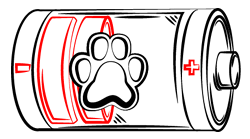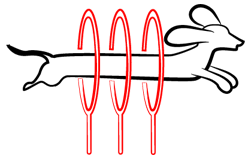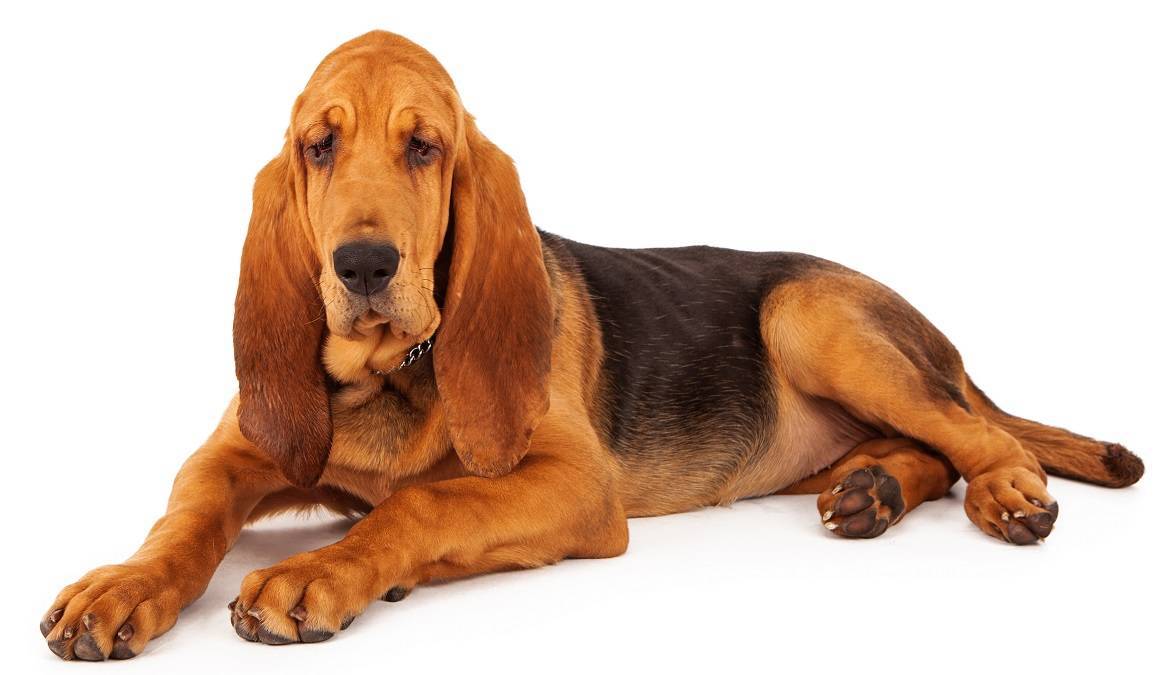
Paws ‘N’ Pups Quickview
Size
| Energy Level
| Trainability
| Paws ‘N’ Pups Rank
|
Characteristics
| Physical Characteristics: Height: 23-27” Weight: 80-110 lbs. Energy Level: Low – Moderate | Colors: The American Kennel Club recognizes the Bloodhound in the following colors:
|
Health & Longevity
Average Life Span: 7-10 years
Also known as a Flemish Hound or a Saint Hubert Hound, the Bloodhound is a generally healthy pup with a greater sense of smell than most other purebreds. While these canines primarily follow their noses, their eyes may suffer from a few health problems as they get older. Two of the most prevalent eye issues that these pups are plagued with are cherry eyes and inverted eyelids. Cherry eyes occur when the inner eyelid swells, pushing the red membrane above the eyelid line. Painless, harmless, and usually fixed with cosmetic surgery. An inverted eyelid, however, can scratch a Bloodhound’s cornea with his eyelashes, resulting in painful ulcers and lacerations. Again this eye issue is most commonly solved with surgery.
Other health complications that your Bloodhound may encounter include:
Bloat
This condition occurs when fluid and gas are trapped within the stomach, painfully twisting it. This condition is life-threatening, and the symptoms include an obviously swollen belly, lethargy, weakness, hair loss, and violent dry-heaves. Surgery is often required to correct this condition before it becomes fatal. Immediate examination and treatment is needed.
Hip Dysplasia
This condition is a birth defect that results in a malformed bone and socket in the hip. Symptoms include a noticeable limp, dislocation, or an awkward gait. Surgery is required to treat this condition. If left untreated, it could cause permanent nerve damage and painful arthritis.
Bloodhounds are also prone to entropion, elbow dysplasia, recurring ear infections, and skin-fold dermatitis. The average lifespan for a healthy, happy Bloodhound is 7 to 10 years.
Temperament & Train-ability
Bloodhounds are, overall, even-tempered and affectionate, but they require a bit of socialization to build their tolerance of younger children and other dogs. Sure, they have a natural tolerance, to a limit, but acceptance comes with giving them something new to accept. So, during training sessions, keep things interesting and fun for your pup by introducing new elements to each new command. Use positive praise, kind encouragement, and meaty treats to snag and hold your pup’s attention. Be patient, always.
Usually, Bloodhounds are eager to please their loved ones, but they can be wary of strangers. When you have new friends coming by, introduce your purebred in the same way you would introduce a person. Say names, wait for them to exchange pleasantries (your Bloodhound will sniff around a new person), and wait for acceptance. These pups rarely bite or growl, but they can shy away from new people. They may be nippy towards strangers who they feel are threats to their family.
Exercise-wise, the Bloodhound needs plenty of space to dig, explore, and run around. These pups are energetic and lively, especially in their puppy phase. Random running in a fenced-in backyard would be ideal for your Bloodhound. But they would also fare well at a dog park, where they can romp with other mid-sized dogs.
Grooming
Bloodhounds have short, dense coats that require minimum upkeep to manage. Brush his hair once a week to keep it clear of excess hairs. And bathe him once a month with gentle dog shampoo. These pups are seasonal shedders, so increase his brushing to 2-3 times a week in the summer months.
For your Bloodhound’s health and overall grooming needs, you should also clip his nails every 2-3 weeks. However, be careful to clip above the nerve that runs through the center of each toenail. Nipping this nerve results in excessive bleeding and pain. If you feel uncomfortable clipping your Bloodhound’s toenails, file them down instead. Or, you can take him to a professional groomer for the service.
Diet
Bloodhounds are hearty eaters who often leave strings of drool in their wake after a good meal. Keep a towel handy to clean his face, and the floor, when he gets finished eating. Depending on the size of your Bloodhound, separate 2-3 cups of dry, good-quality kibble into two meals per day.
Bloodhounds differ in nutritional needs from one dog to another. If you are unsure about the amount of food you are feeding your pup, or if he stills act hungry after a good meal, consult your vet to check that you are making the right nutritional decisions.
Looking for a Bloodhound?
 Find A Bloodhound Breeder |  Bloodhound Puppies For Sale |  Adopt A Bloodhound |
Cost
While these purebreds are considered an ancient breed, Bloodhounds have proved timeless in the breeder trade. Their keen sense of smell and excellent companionship has earned them a top spot as one of the most popular dog breeds year after year. So, if you have your heart set on one of these floppy-eared canines, check a local animal shelter first. There is an abundance of Bloodhounds, several that have been abandoned, and you would be giving one of these pups a new chance at a happy, healthy home.
Adoption fees for a Bloodhound vary between state and county regulations, depending on where you live, but the average costs range between $75 to $250. Throw in vaccinations, a vet check-up, and spay or neuter services, and your new pup could cost upwards of $500 to $600 from an animal shelter or rescue group.
If you go the breeder route, expect to shell out upwards of $1,000 for Bloodhound puppies. This cost is usually for the dog itself and excludes the long-term costs of vaccinations, toys, nutritious food, training sessions, grooming services, a microchip, and other must-haves and accessories to keep a new purebred happy and healthy.
Paws ‘N’ Pups Ranking
Paws ‘N’ Pups ranks every breed out of 4 with 1 being easiest to integrate into your life and 4 being the toughest – The lower the ranking the better.
Ranking takes into account a few basic factors including cost, skill level needed, high vs low maintenance and how critical regular training is to success. Bloodhounds rank a 1 on the integration scale. These pups are excellent with children, other dogs, and family life in general. They would make great pets, but early socialization is still important to get them used to the rambunctious mannerisms of other pets or younger children. Usually even-tempered, easily trained, and clever, the Bloodhound would make a well-behaved watchdog and affectionate family pup.
Breeds Similar To Bloodhound
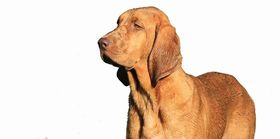 Redbone Coonhound | 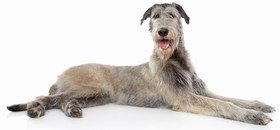 Irish Wolfhound | 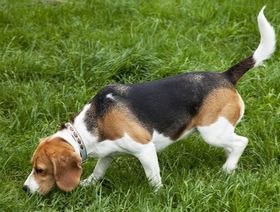 American Foxhound | 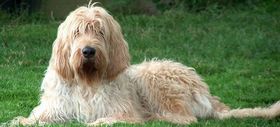 Otterhound |


